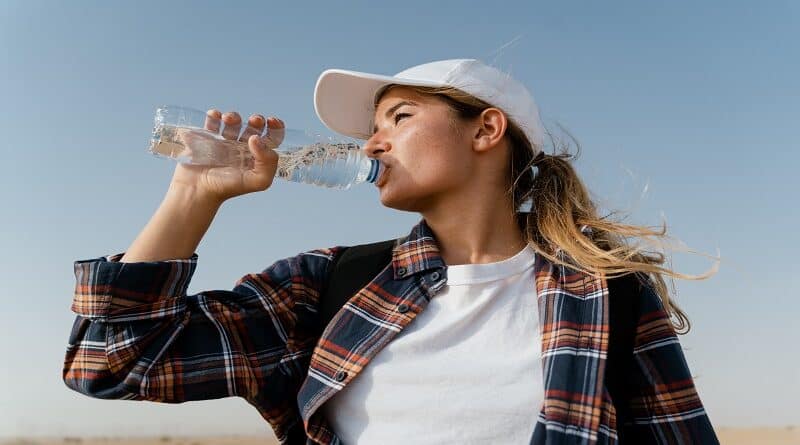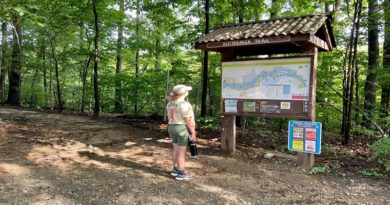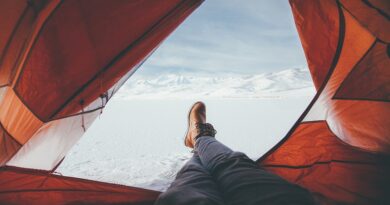Need to Know: What’s the Quickest Way to Rehydrate on the Trail?
When considering warm, humid spring and summer hikes, a frequent question hikers ask is: “What’s the quickest way to rehydrate?”
Hiking typically involves moderate to vigorous physical activity. With increased heat comes increased perspiration and water loss.
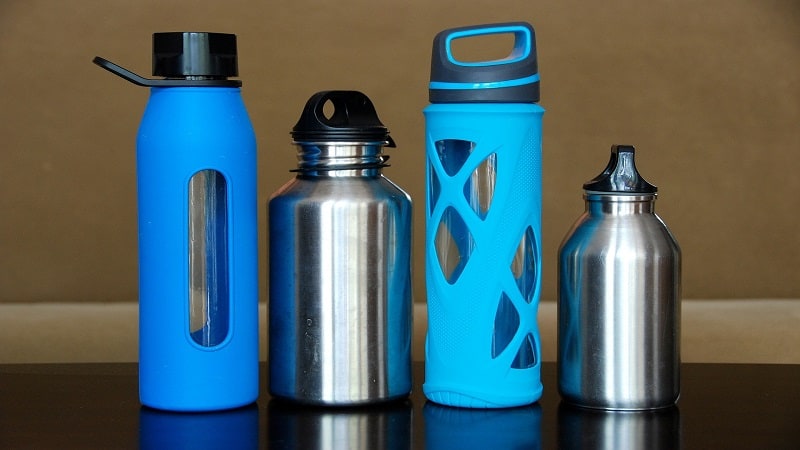
Dehydration can become a serious medical emergency if not tended to quickly, so recognizing the signs in yourself and your hiking party is essential.
In this article, you’ll learn how to recognize dehydration, how to hydrate quickly when it happens, and most importantly, how to prevent dehydration.
Signs of Dehydration
There are many ways dehydration presents itself. If you can recognize the signs, you can stop it before it worsens.
For most people, the first sign of dehydration is a headache. Since headaches are so common, this symptom is often overlooked as something else or nothing at all.
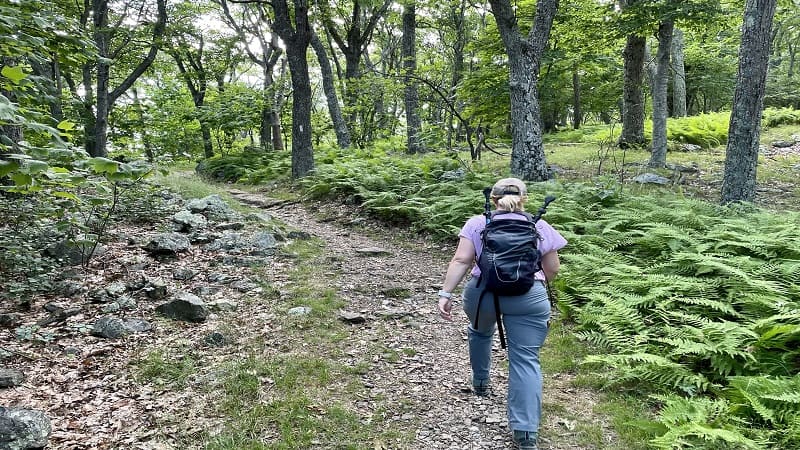
If dehydration isn’t treated after the onset of symptoms, it can progress into severe dehydration, which has more serious symptoms, including:
* Extreme thirst
* Urinating less than usual and/or dark colored urine
* Fatigue and sluggishness
* Decreased sweating
* Muscle and/or abdominal cramps
* Confusion
* Dizziness, weakness, light-headedness
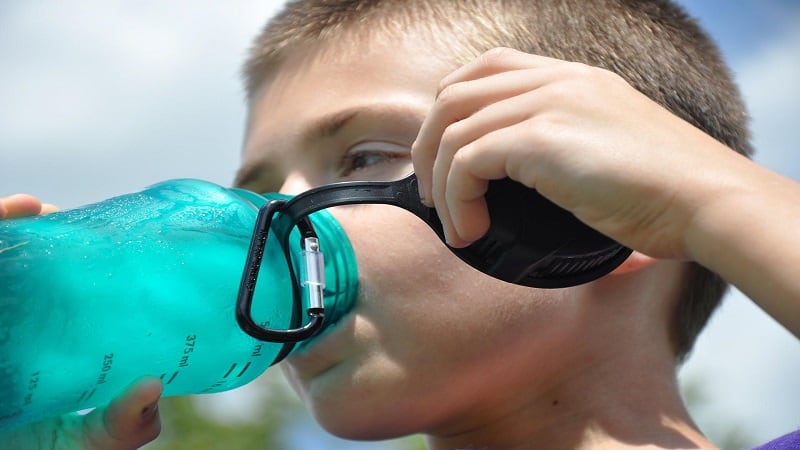
In children, signs of dehydration include:
* Crying without tears
* Sunken soft spot on baby’s head
* Sunken eyes
* Sticky or dry mouth
* Irritability
* Less urination
If you or someone in your hiking party experience a headache or extreme thirst on the trail, it’s likely that these are the first signs of dehydration.
According to the American Hiking Society, dehydrated hikers are at increased risk of temperature-related illnesses, like heat stroke and hypothermia.
Proper hydration is important in all weather and temperatures. Cold weather hydration is just as important as staying hydrated in extreme heat.
How Fast Can I Become Dehydrated?
Believe it or not, you can become dehydrated after just two hours of hiking, according to a study from the Georgia Institute of Technology.
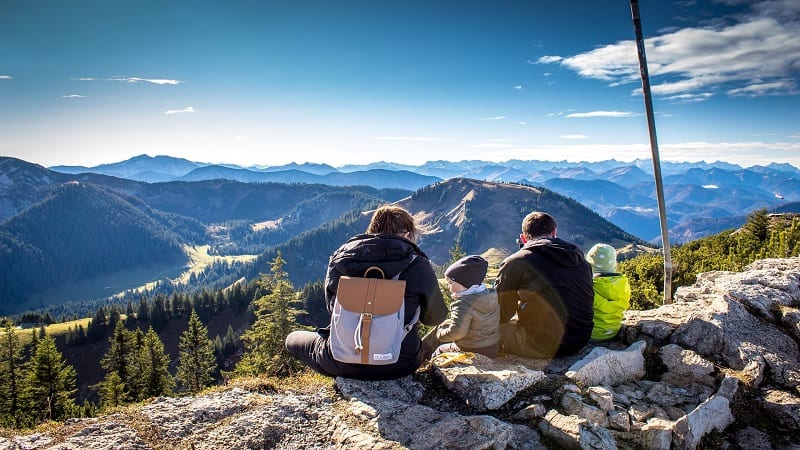
This study found that it’s not uncommon for your body to lose two pounds of water weight through moderate activity when temperatures are in the mid-80s.
Dehydration happens when your body’s expenditure of fluids is more than your intake. This happens through breathing, sweating and urinating.
What Are the Ways to Rehydrate Quickly?
The best way to rehydrate quickly on the trail involves drinking fluids and taking in electrolytes at the same time.
Your body loses electrolytes and minerals (like salt) through sweat and urine. Interestingly, drinking too much water can further dilute your body.
Low sodium can cause severe health problems, so rehydrating properly requires more than just drinking plain water.
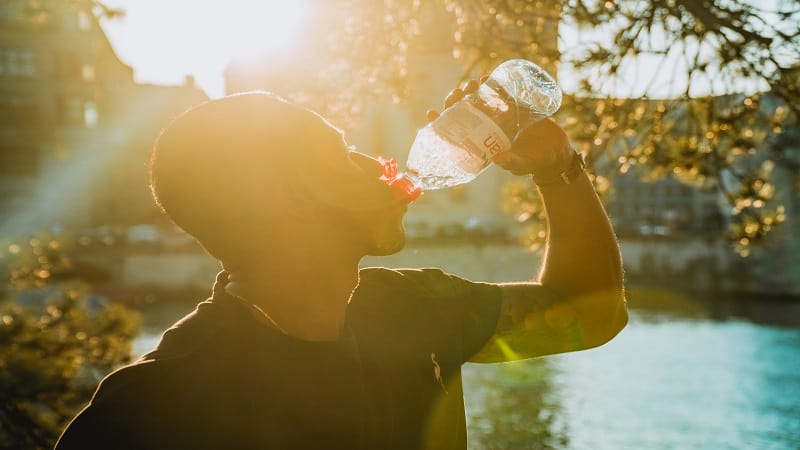
If you become dehydrated on the trail, first find a spot to rest. Then, drink water with some salt or a sports drink. Rest and try to cool your body down.
In your backpack, carry oral rehydrating solution packets, which can help you rehydrate quickly and safely.
A water additive, like DripDrop ORS, is a lightweight oral rehydration solution that incorporates the salts and minerals your body needs for proper rehydration.
How Long Does it Take to Rehydrate?
If you just have mild dehydration, your body will begin rehydrating within a few minutes to a few hours. However, every person is different.
If your stomach is empty and you don’t eat any food while rehydrating, the process happens more rapidly.
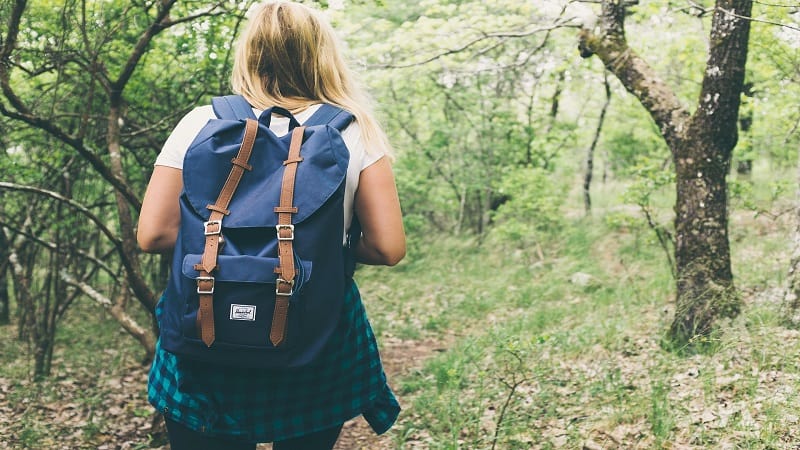
However, if you eat while drinking fluids, your body will prioritize digestion over hydration. In this case, you may not start to rehydrate for up to two hours.
The fastest way to hydrate is to avoid eating any food while drinking fluids. Rest, cool your body. Sip slowly and frequently.
How Much Water Do I Bring on a Hike?
Adults should drink around ½ liter of water every hour while hiking. If hiking in extreme heat or at high altitudes, increase your intake to one liter per hour.
It’s always a good idea to bring more water than you think you will need while hiking, as long as you can safely carry the water with you.
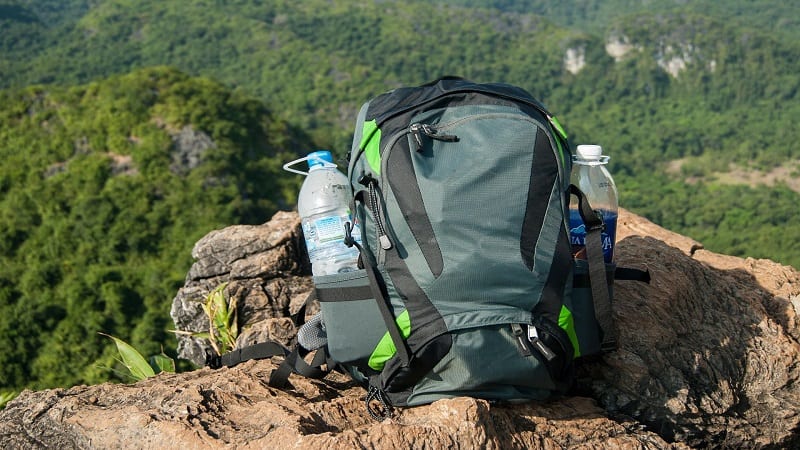
For long hikes and backpacking trips, you may choose to use water sources along the way for drinking water purposes. Be sure to purify it before you drink.
If you plan to drink water from ground sources, carry a water purification system or iodine tablets.
How Should I Carry Water on a Hike?
There are a lot of different ways you can carry water on a hike. You can carry or pack water bottles. You can also use a hands-free hydration bladder.
For most people, the best way to carry water when hiking is with a hydration bladder pack. These backpacks typically hold around two liters of water.
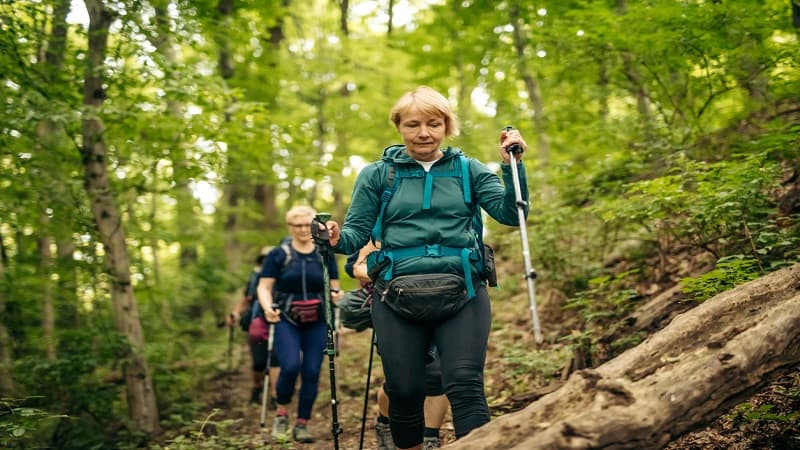
Hydration packs are great because they’re hands-free and you can carry other stuff in your pack, too. They also have a straw for easy drinking.
You can also wear a hiking fanny pack with water bottle holders to carry more water. Both options distribute weight evenly across your hips and shoulders.
What Happens if I Run Out of Water?
If you run out of water when hiking, the first thing to remember is not to panic. You have a few options.
Before you ever set out on your hike, map it out and be aware of where water sources are. Paper maps or the FarOut app can help with this.
If you run out of water on a short hike, you should be fine (although uncomfortable) as long as you’re not hiking in extreme temperatures.
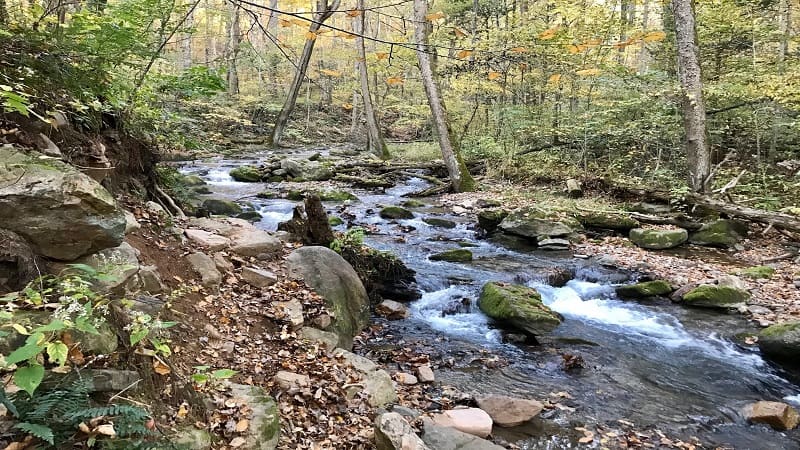
However, if you still have a long way to go, you need to find water ASAP. If you know a water source is close, head to it – even if it means backtracking.
If you don’t know where a water source is, break out your mapping apps if possible or a paper map. Reading a paper map can come in handy here.
If these aren’t an option, look for the nearest vantage point where you might be able to spot water. Or, try hiking up or down a dry stream bed.
What Else Should I Do to Stay Hydrated?
Proper trail hydration should begin before you even before you leave your house. Drink water the day before and morning of your hike.
In addition to bringing enough water and a backup water purification system, you can stave off dehydration with other methods.

Consider adding some electrolyte-sodium packets to your arsenal of hiking gear and supplies. These will help you absorb more water.
In your backpack, pack snacks with high water content, like cucumber, watermelon and celery. It’s important to remember that certain foods can hydrate you, too.
If you’re hiking in hot summer months, plan your hike as early in the morning as possible before the heat of the day.
If you are on the trail in the heat of the day, take frequent breaks, sit in shade, and cool yourself off. You can even take a short swim, if possible.
How Much Do I Drink Before a Hike?
Proper hydration for hiking always begins before the hike. In the days and hours leading up to your hike, focus on drinking plenty of water.
Drink a little bit of water frequently throughout the day and morning before your hike. Chugging a lot at once is not as effective.

To ensure proper hydration, you can create your own ‘hydration plan’ for before and during your hike. Before you set out, it’s wise to drink at least ½ liter.
Be sure to drink the recommended amount of water per day before your hike. Then, ½ to 1 liter of water for every hour that you spend on the trail.
What Should I Not Drink Before a Hike?
Not all drinks are good for your body. Some drinks can dehydrate you and do more harm than good. Here’s are drinks to avoid before and during a hike.
* Alcohol
* Excessive caffeine
* Carbonated beverages
Alcohol should be a no-brainer. Alcohol dehydrates you, impairs your judgment and makes you more susceptible to temperature related illnesses.

Avoid excessive caffeine before and during your hike. However, if you need a cup of coffee to get started in the morning, it’s fine in moderation.
Last but not least, avoid carbonated drinks, like seltzers and sodas. Carbonation can cause abdominal cramps, gas and discomfort.
Wrap-Up Notes
Proper hydration for hiking begins well before your hike does. Hydration should be a part of your every day routine.
It’s important that you learn to recognize the early signs of dehydration in both yourself, your hiking party and children.
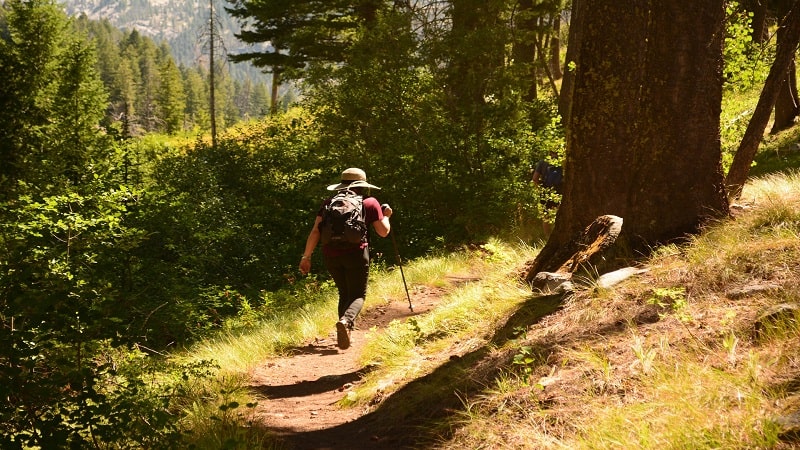
Once you know the early signs of dehydration, you can take steps to address and solve it before it becomes a bigger problem or medical emergency.
Of course, preventing dehydration is a much better solution than waiting until you see early signs of dehydration.
Always bring plenty of water for yourself and children on a hike, and pack more than you think you’ll need.
Be sure you have a water purification system in case you need to use a ground source. Bring electrolytes to replenish your minerals, too.
Disclaimer: The words in this blog, and in any linked materials, are not intended as medical advice. Always seek the guidance of your doctor with any questions regarding your health or a medical condition.
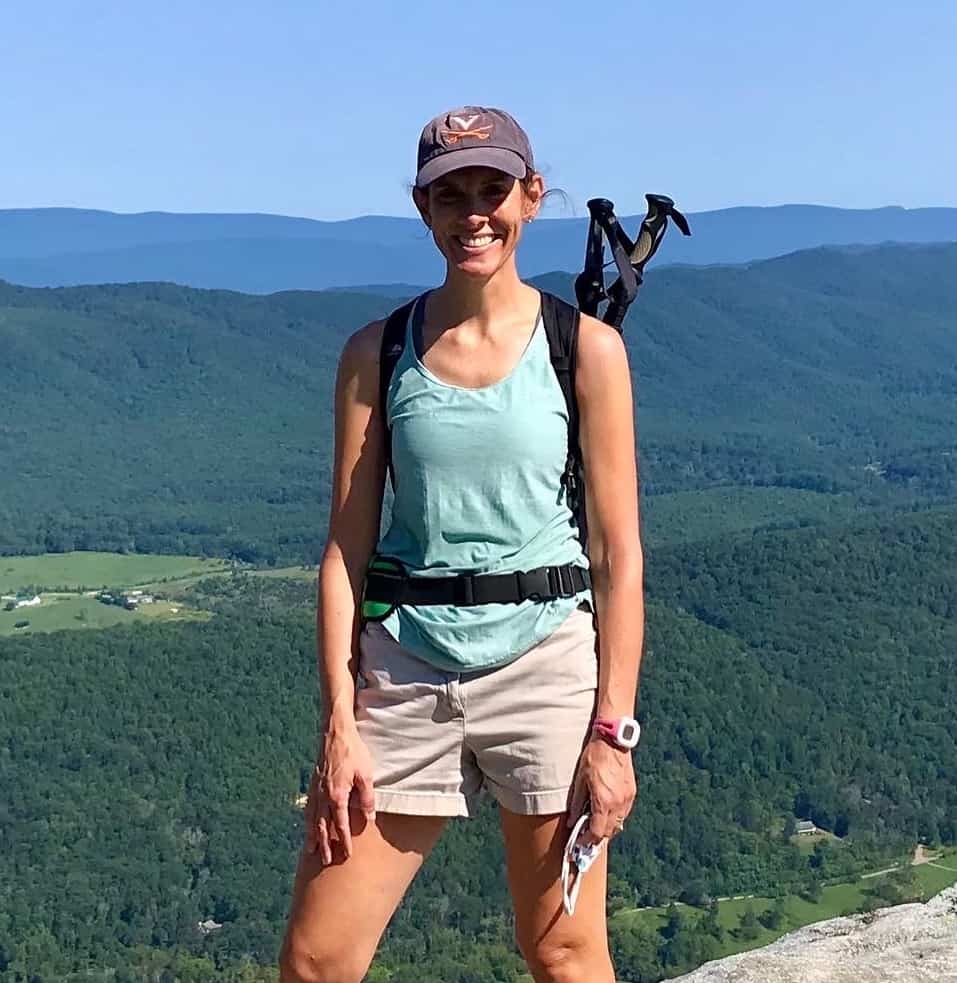
Erin Gifford has completed more than 300 hikes in Virginia. She is also the author of three hiking guidebooks from Falcon Guides. Need help finding a hike? Check out the Trail Finder feature or send Erin an email at [email protected].

